Physics
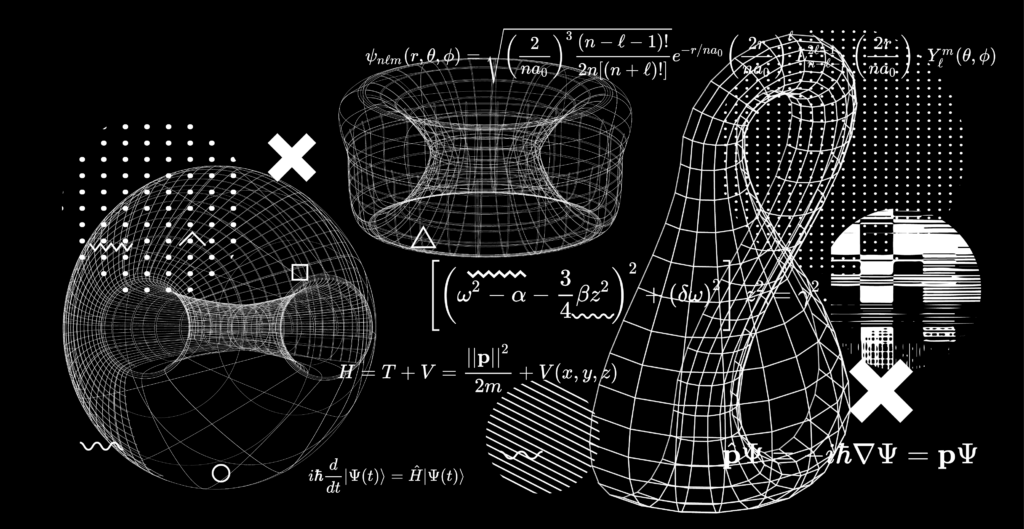

Prof GONG Jiangbin
Head of Department
“We continue to nurture high-quality graduates with multiproblem-solving skills. We also aim to transform technologies and change how people think by delivering more research breakthroughs.”
Shaping Future Talent
The Department of Physics saw good progress in our efforts to scale up postgraduate educational offerings. We launched our second self-funded Master’s programme, the Master of Science (MSc) in Physics and initiated the integrated degree 3+2 joint programme with Chongqing University and Southeast University, where students spend their final year of Bachelor of Science studies and one year on their MSc at NUS. We also launched the NUS-Tianjin University (TJU) dual Master’s programme in physics, offering students a two-year programme at NUS and the NUS-TJU Joint Institute in Fuzhou, China.
NUS-TJU Joint Institute in Fuzhou, China

The first batch of our MSc in Physics for Technologies (MPT) students graduated in June 2022, armed with skills in problem-solving and analytical thinking for the technology-driven economy.
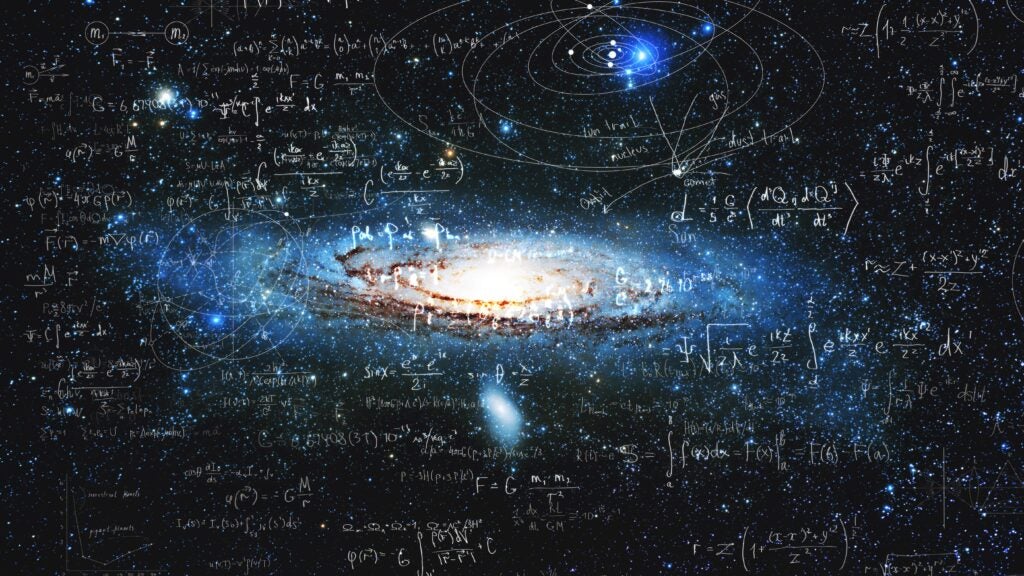
Under the theme ‘Big Data in Physical Sciences’, we introduced three new graduate modules, namely: Applied Machine Learning and Data Science, Bayesian Statistics and Machine Learning, and Complex Systems Analysis and Modelling. These modules equip our graduates with the topical skills and knowledge for data-driven research and industries.
In addition, we designed seven Science Inquiry modules, launched in Academic Year 2022/2023 under the Common Curriculum offered by the College of Humanities and Sciences (CHS).

We also stepped up efforts to bring physics to youths. For instance, we offered two quantum computing workshops at Yio Chu Kang Secondary School and Yishun Innova Junior College, in January and May 2022 respectively, as part of the Temasek Foundation-NUS Youths for SG: Building a Shared Future series.

It was also the first time we organised ‘Illustratum’, a competition that taps on youth creativity to promote physics.
The 16th Singapore-China joint symposium on research frontiers in physics held in December 2021 was broadcast live, reaching thousands of students and researchers from China.
Shaping Future Solutions
This year, we took our research to the next level, with groundbreaking work from quantum physics at extreme conditions to exotic condensed matter phenomena and theory.
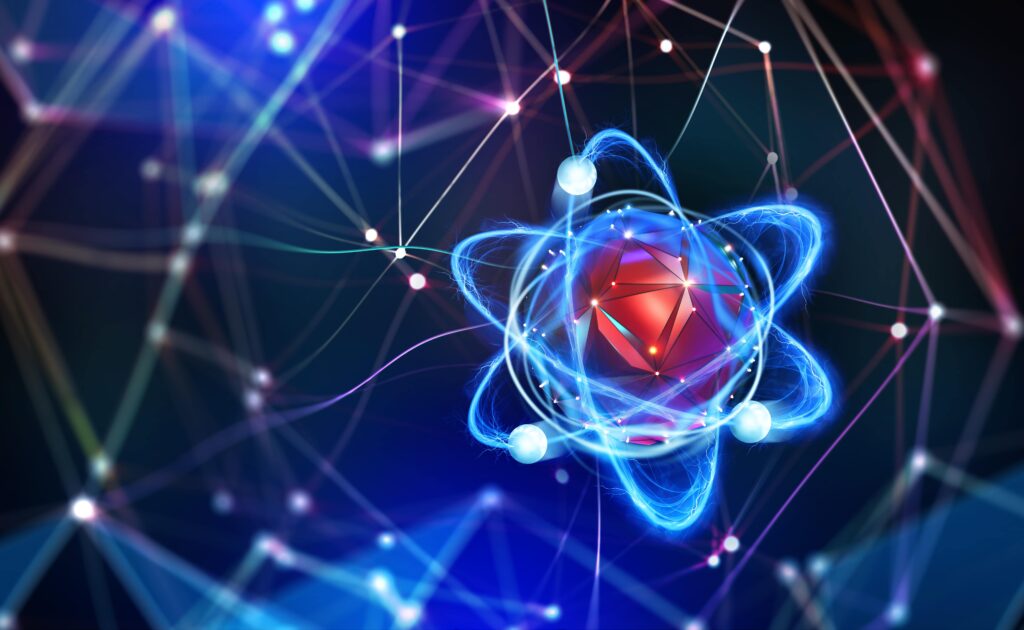
Indium near absolute zero
Trapped, ultracold atoms allow scientists to study a range of exotic quantum phenomena, such as superconductivity and superfluidity. However, it is difficult to achieve these conditions for many metallic atoms. For the first time, Asst Prof Travis NICHOLSON and his colleagues have successfully cooled indium atoms to temperatures near absolute zero, by using magnetic fields and lasers to trap and cool these atoms. This result was published in Physical Review A (June 2022) and highlighted in Nature (June 2022).

The rise of the superconducting nickelate era
Superconductivity is a quantum state of matter where materials have no electrical resistance and can completely expel magnetic fields. This could have a profound impact on the development of future technological applications. After his success in developing phase diagramme of neodynium nickelate superconductors, Prof ARIANDO and his team demonstrated, for the first time, superconductivity in calcium doped infinite layer lanthanum nickelates. This closed a two-decade search for the sister of copper-based superconductors and also opens up a new era of research in high temperature superconductors. This work was published in Nature Communications and Science Advances, consecutively (February 2022).
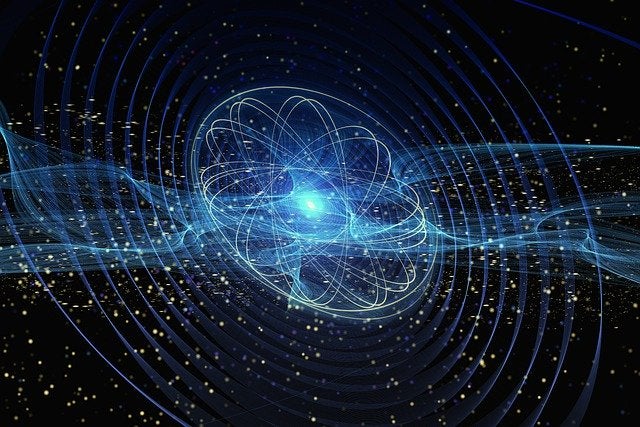
A new class of matter with enigmatic quantum information properties
A key focus of condensed matter physics is the study of new states of matter. States that are immune to noise or imperfections are even more sought after for their stability. Asst Prof LEE Ching Hua discovered a new type of robust matter that only exists in driven non-equilibrium media and which results from a completely new mechanism beyond topology. Interestingly, such states, known as ‘exceptional bound states’, also exhibit curious quantum information properties, possessing a negative amount of quantum entanglement. This work was published in Physical Review Letters (January 2022).
Shaping Future Society
As part of the Faculty’s regional collaboration programme, STEM (Science, Technology, Engineering and Mathematics) for University Educators in ASEAN (Association of Southeast Asian Nations), Prof SOW Chorng Haur delivered two eWorkshops on science communication and STEM education to around 60 educators from Indonesia and Thailand in October 2021.
Our alumni contribute to society in various ways, including fighting climate change and advancing technological breakthroughs, to name a few.
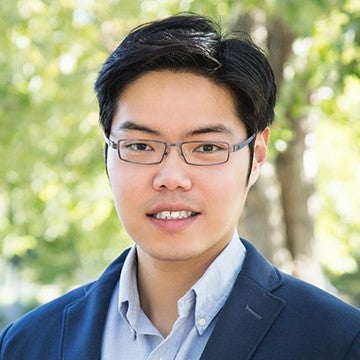
Quantum cybersecurity chief
“Next generation quantum-resistant communication networks are the key towards building an unhackable Internet for data security.”
Our alumnus Asst Prof Charles LIM (2010) recently joined JPMorgan Chase as its Global Head of Quantum Communications and Cryptography, where he will apply his expertise to protect the financial system from quantum-supremacy threats. He was earlier involved in Singapore’s efforts to create quantum-resistant digital solutions. He also contributed to international efforts to standardise quantum-security techniques.